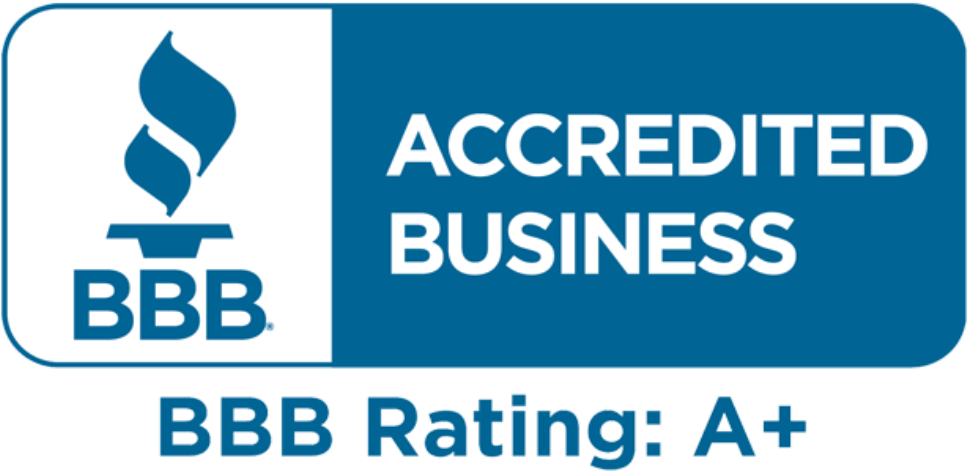New SAVE Repayment Plan Offers Key Benefits
In July 2023, the Department of Education launched a new income-driven repayment (IDR) plan for federal student loans called the Saving on a Valuable Education (SAVE) Plan.
The SAVE Plan is the most generous IDR plan to date, and like all IDR plans, it calculates a borrower's monthly payment amount based on income and family size.
The SAVE Plan replaces the existing Revised Pay As You Earn (REPAYE) Plan, and all borrowers who are currently enrolled in REPAYE will be automatically transferred to SAVE.
How SAVE helps borrowers
The SAVE Plan has many benefits, including lower monthly payments, a full interest subsidy for the entire time a borrower is enrolled in the plan, and shortened repayment terms compared to previous IDR plans. SAVE is being implemented in phases, with some benefits taking effect in 2023 and others that are scheduled to take effect in July 2024.
Key benefits that took effect in 2023:
- The amount of income protected from loan payments increased from 150% to 225% of the federal poverty level. Borrowers whose incomes are at or below the 225% threshold will have a $0 monthly payment (this equates to about $32,800 a year for a single borrower or $67,500 for a family of four).
- Unpaid interest will not accrue, so loan balances won't grow as long as borrowers make their monthly payments as calculated under SAVE (even when a borrower's monthly payment is set to $0).
Key benefits scheduled to take effect in July 2024:
- For undergraduate loans, monthly payments will be capped at 5% of discretionary income (compared to 10% under REPAYE), and graduate loans will be capped at 10% of discretionary income. Borrowers who have both undergraduate and graduate loans will pay a weighted average each month of between 5% and 10% of their income based on the original principal balances of their loans.
- For borrowers with original principal balances of $12,000 or less, all remaining loan balances will be forgiven after 10 years of payments. For original loan balances over $12,000, the maximum repayment period will increase by one year for every additional $1,000 borrowed. For example, a $13,000 loan will be forgiven after 11 years of payments, a $14,000 loan will be forgiven after 12 years of payments, and so on. The maximum repayment period under SAVE will be 20 years if all loans in repayment are undergraduate loans and 25 years if any loans in repayment are graduate loans. (The same maximum terms of 20 and 25 years applied under REPAYE.)
To learn more and to enroll in the SAVE Plan, borrowers can visit studentaid.gov/idr.
Source: U.S. Department of Education, 2023
All Securities Through Money Concepts Capital Corp., Member FINRA / SIPC
11440 North Jog Road, Palm Beach Gardens, FL 33418 Phone: 561.472.2000
Copyright 2010 Money Concepts International Inc.
Investments are not FDIC or NCUA Insured
May Lose Value - No Bank or Credit Union Guarantee
This communication is strictly intended for individuals residing in the state(s) of MI. No offers may be made or accepted from any resident outside the specific states referenced.
Prepared by Broadridge Advisor Solutions Copyright 2020.












